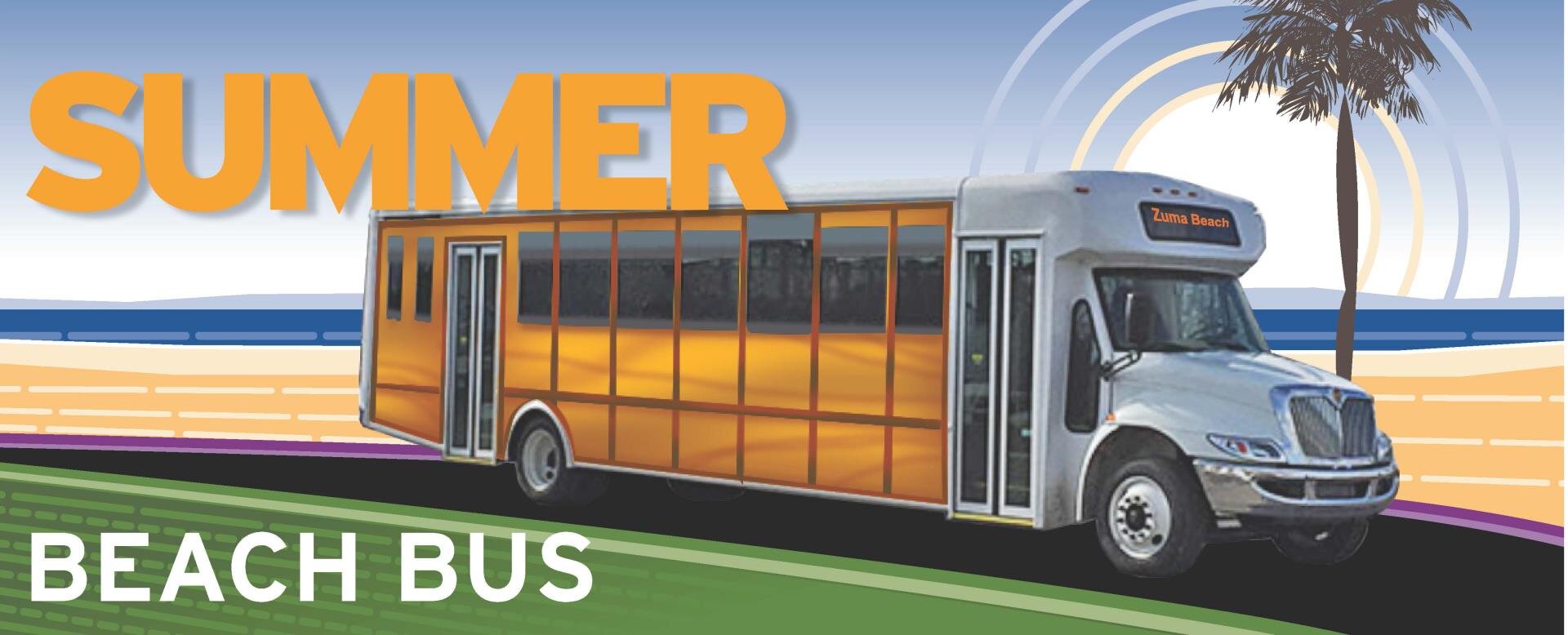On April 23, National Park Service biologists captured and radio-collared a 210-pound black bear in a natural area of the western Santa Monica Mountains south of the 101 Freeway. Photos here.
The male bear, dubbed BB-12, is estimated to be about 3-4 years old. Biologists performed a full workup on the bear, including collecting biological samples, taking various body measurements, attaching an ear tag, conducting a physical exam, and fitting a GPS radio-collar around its neck.
Though there have been bear sightings over the years, this is the first time biologists have captured and radio-collared a bear in the Santa Monica Mountains. The nearest population of black bears is in the Santa Susana Mountains, north of the 118 Freeway. Although bears have occasionally been documented in the Simi Hills, south of 118, and even in the Santa Monica Mountains, south of the 101 Freeway, there is no evidence of a breeding population in either area.
“He appears to be the only bear here in the Santa Monica Mountains, and he’s likely been here for almost two years based on our remote camera data,” said Jeff Sikich, the lead field biologist of the park’s two-decade mountain lion study. “This seems to be our first resident bear in the 20 years we have conducted mountain lion research in the area. It will be interesting to see how he shares the landscape with our other resident large carnivores.”
In July 2021, a young black bear was spotted lumbering along Reino Road in Newbury Park. Since then, images of a bear have been seen on wildlife trail cameras in half of the Santa Monica Mountains - from Malibu Creek State Park to the range’s western border in Point Mugu State Park. Biologists say BB-12 may be the same bear.
Though there have been bear sightings over the years, this is the first time biologists have captured and radio-collared a bear in the Santa Monica Mountains. The nearest population of black bears is in the Santa Susana Mountains, north of the 118 Freeway. Although bears have occasionally been documented in the Simi Hills, south of 118, and even in the Santa Monica Mountains, south of the 101 Freeway, there is no evidence of a breeding population in either area.
Bears are omnivores and can live between 15 and 25 years. They will eat whatever is available, primarily fruits, nuts, roots, and insects. They will also eat small animals, up to and including deer, if they can get them, human food (such as in cars or at campsites), pet food, unsecured trash, and consume dead animals they find.
“As this bear gets older and is looking to mate, it might attempt to move back north and cross the freeway again,” Sikich said. “There is no evidence of an existing population here in the Santa Monica Mountains, and therefore likely no females. With the radio-collar, we can track its movements and hopefully know where it may attempt to cross the freeway. This can help us better understand habitat connectivity for wildlife in the area.”
Bear sightings have been rare in the Santa Monica Mountains. In the early 2000’s, a bear carcass was discovered under a landslide in Malibu Creek State Park. In 2016, a bear was documented three times over three months on wildlife trail cameras in the central portion of the mountains but then never detected again.
Other black bears have occasionally been spotted through the years north of the 101 Freeway in the Simi Hills. Previous news reports include a bear spotted near Westlake High School in 2006 and one that was killed by a vehicle on the northbound 101 Freeway near Lindero Canyon Blvd.
The nearest population of black bears is in the Santa Susana Mountains. Grizzly bears formerly roamed the entire state but became extinct in the early 1900’s. Black bears, however, are not native to Southern California.
In the 1930s, about 30 bears from Yosemite National Park were translocated into the San Gabriel and San Bernardino Mountains. From there, their population grew and expanded, biologists say.
Black bears rarely become aggressive when encountered, and attacks on people are uncommon. If you encounter a bear while hiking, keep a safe distance and slowly back away. Let the bear know you are there. Make yourself look bigger by lifting and waving your arms and making noise by yelling, clapping your hands, using noisemakers, or whistling.
DO NOT run and do not make eye contact. Let the bear leave the area on its own. If a bear makes contact, fight back.
NPS biologists say they are excited to add this bear, as a new species, to its wildlife study in the Santa Monica Mountains. They expect it will help provide new insights on how wildlife utilizes this urban, fragmented landscape.
Santa Monica Mountains National Recreation Area (SMMNRA) is the largest urban national park in the country, encompassing more than 150,000 acres of mountains and coastline in Ventura and Los Angeles counties. A unit of the National Park Service, it comprises a seamless network of local, state and federal parks interwoven with private lands and communities. As one of only five Mediterranean ecosystems in the world, SMMNRA preserves the rich biological diversity of more than 450 animal species and 26 distinct plant communities. For more information, visit www.nps.gov/samo.










